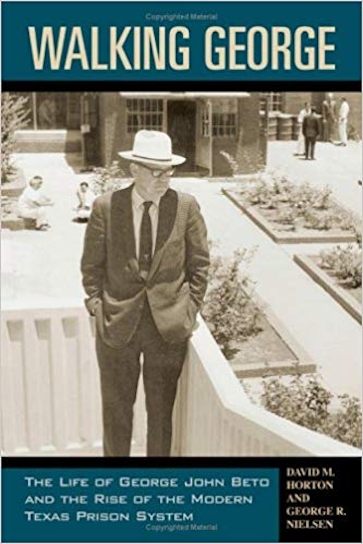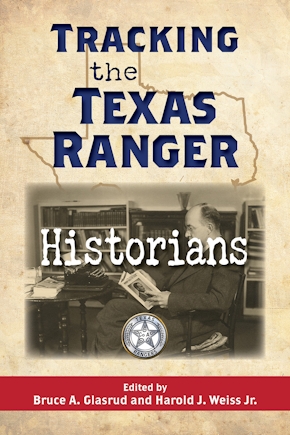Walking George
The Life of George John Beto and the Rise of the Modern Texas Prison System
978-1-57441-199-7 Cloth
6 x 9 x 0 in
288 pp. 25 illus. Notes.
Pub Date: 08/17/2005
Available
BUY NOW
- Cloth $29.95
Beto initially studied to become a Lutheran pastor but instead was called to teach at Concordia Lutheran College in Austin, Texas. During his twenty years at that institution he became its president, expanded it into a junior college, racially integrated it, made it co-educational, and expanded its facilities. His successes convinced the administrators of the church to present him with a challenge to revitalize a seminary in Springfield, Illinois. He accepted the challenge in 1959, but after three years of progress, he left the seminary to become the head of the Texas Department of Corrections.
Although Beto had no real academic training in corrections and had never served in any administrative position in corrections, he had learned incidentally. During his last six years in Austin, he had served on the Texas Prison Board, a volunteer board that supervised the entire prison system. As a board member he established one of the earliest General Education Development testing programs for prisoners. Fortuitously, his years on the board came during the time when reform of the Texas prisons was the watchword.
During his ten-year term as the director of the Texas Department of Corrections, Beto continued the reform program. Most notable were his efforts at rehabilitation of the inmates and his attempt at refining a method of managing prisoners, called the Texas Control Model. He persuaded the Texas state legislature to enact a law requiring state agencies to purchase manufactured goods from state prisons, which tremendously expanded industry and training for inmates. In 1969, at Beto’s urging, the Windham school district for educating inmates became a reality, the first of its kind at any prison in the United States.
Beto’s predilection to show up on foot in front of a given Texas prison, at all hours of the day and night, ready for an inspection and tour, earned him the nickname “Walking George.” After retiring as head of the Texas prison system in 1972, he became a professor at Sam Houston State University's College of Criminal Justice until 1991. His leadership and participation propelled it to become the most esteemed program in the country.
Beto’s personal force and unique accomplishments defined him as one of the premier American penologists of the twentieth century. This is the first in-depth biography of the man and his contributions.
Walking George, authored by two of his former students, David M. Horton and George R. Nielsen, examines the entire life of George John Beto (1916–1991) and his many achievements in the fields of both education and criminal justice. During his ten-year term as the director of the Texas Department of Corrections, Beto spearheaded many education and reform programs aimed at rehabilitating inmates, such as the Windham school district for educating inmates, the first of its kind at any prison in the United States.
North Texas Crime and Criminal Justice Series
About the Author
Published by University of North Texas Press








